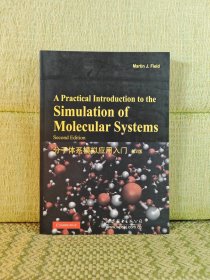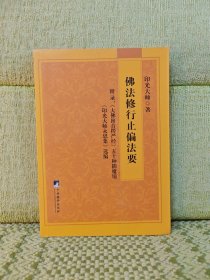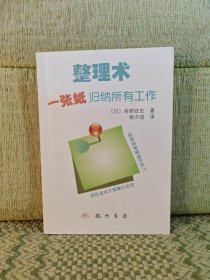
分子体系模拟应用入门(第2版)(英文版)
库存未阅
¥ 40 4.5折 ¥ 89 九品
仅1件
辽宁鞍山
认证卖家担保交易快速发货售后保障
作者[法]Martin J.Field(M.J.菲尔德) 著
出版社世界图书出版公司
出版时间2015-01
版次1
装帧平装
货号厅6左红1
上书时间2024-01-08
- 在售商品 暂无
- 平均发货时间 3小时
- 好评率 暂无
- 最新上架
商品详情
- 品相描述:九品
图书标准信息
- 作者 [法]Martin J.Field(M.J.菲尔德) 著
- 出版社 世界图书出版公司
- 出版时间 2015-01
- 版次 1
- ISBN 9787510084430
- 定价 89.00元
- 装帧 平装
- 开本 16开
- 纸张 胶版纸
- 正文语种 英语
- 【内容简介】
- 《分子体系模拟应用入门(第2版)(英文版)》是一本分子体系计算机模拟的入门性及实践指导性教材,这是扩展了的第二版,大量介绍了原子层面的分子模拟技巧。书中囊括了大量的Python中的案例和程序模型,并做了详细的描述,这些实例涉及化学、生物学及材料科学。
- 【目录】
-
Preface to the first edition
Preface to the second edition
1 Preliminaries
1.1 Introduction
1.2 Python
1.3 Object-oriented programming
1.4 The pDynamo library
1.5 Notation and units
2 Chemical models and representations
2.1 Introduction
2.2 The System class
2.3 Example 1
2.4 Common molecular representations
2.5 Example 2
3 Coordinates and coordinate manipulations
3.1 Introduction
3.2 Connectivity
3.3 Internal coordinates
3.4 Example 3
3.5 Miscellaneous transformations
3.6 Superimposing structures
3.7 Example 4
4 Quantum chemical models
4.1 Introduction
4.2 The Born-Oppenheimer approximation
4.3 Strategies for obtaining energies on a potential energy surface
4.4 Molecular orbital methods
4.5 The Hartree-Fock approximation
4.6 Analysis of the charge density
4.7 Example 5
4.8 Derivatives of the potential energy
4.9 Example 6
5 Molecular mechanics
5.1 Introduction
5.2 Typical empirical energy functions
5.3 Calculating a molecular mechanics energy
5.4 Example 7
5.5 Parametrizing potential energy functions
5.6 Soft constraints
Hybrid potentials
6.1 Introduction
6.2 Combining QC and MM potentials
6.3 Example 8
6.4 Covalent bonds between QC and MM atoms
6.5 Example 9
Finding stationary points and reaction paths on potential
energy surfaces
7.1 Introduction
7.2 Exploring potential energy surfaces
7.3 Locating minima
7.4 Example 10
7.5 Locating saddle points
7.6 Example 11
7.7 Following reaction paths
7.8 Example 12
7.9 Determining complete reaction paths
7.10 Example 13
8 Normal mode analysis
8.1 Introduction
8.2 Calculation of the normal modes
8.3 Rotational and translational modes
8.4 Generating normal mode trajectories
8.5 Example 14
8.6 Calculation of thermodynamic quantities
8.7 Example 15
……
Appendix 1 The pDynamo library
Appendix 2 Mathematical appendix
Appendix 3 Solvent boxes and solvated molecules
点击展开
点击收起
— 没有更多了 —


















以下为对购买帮助不大的评价